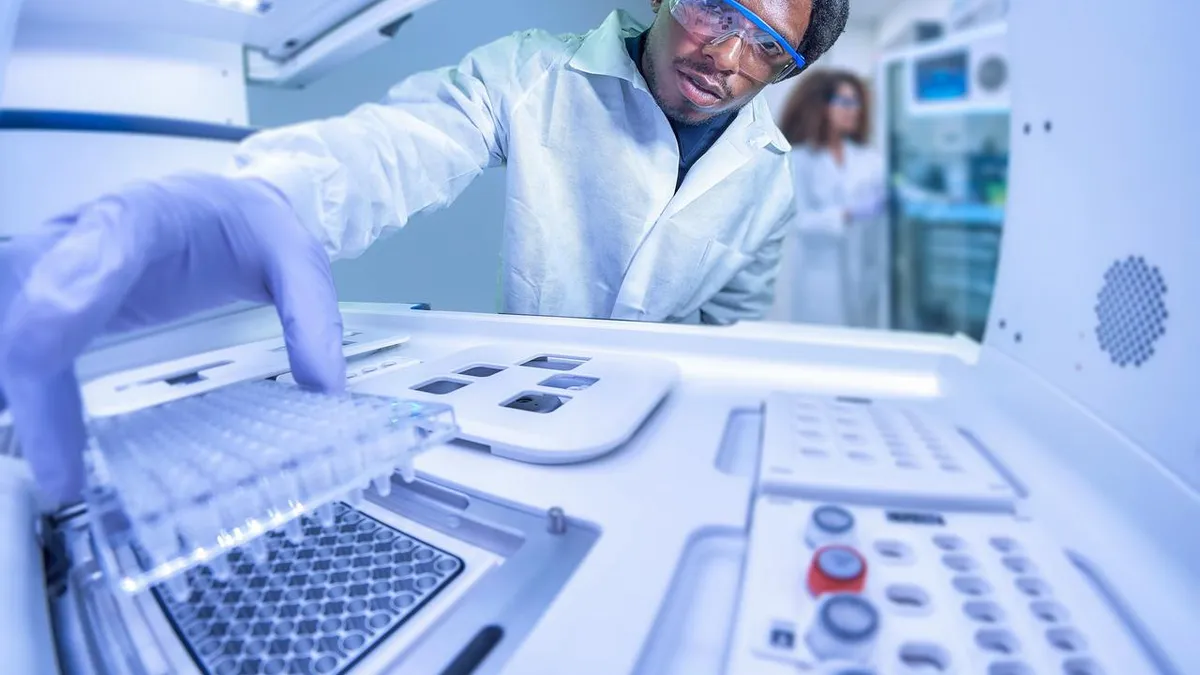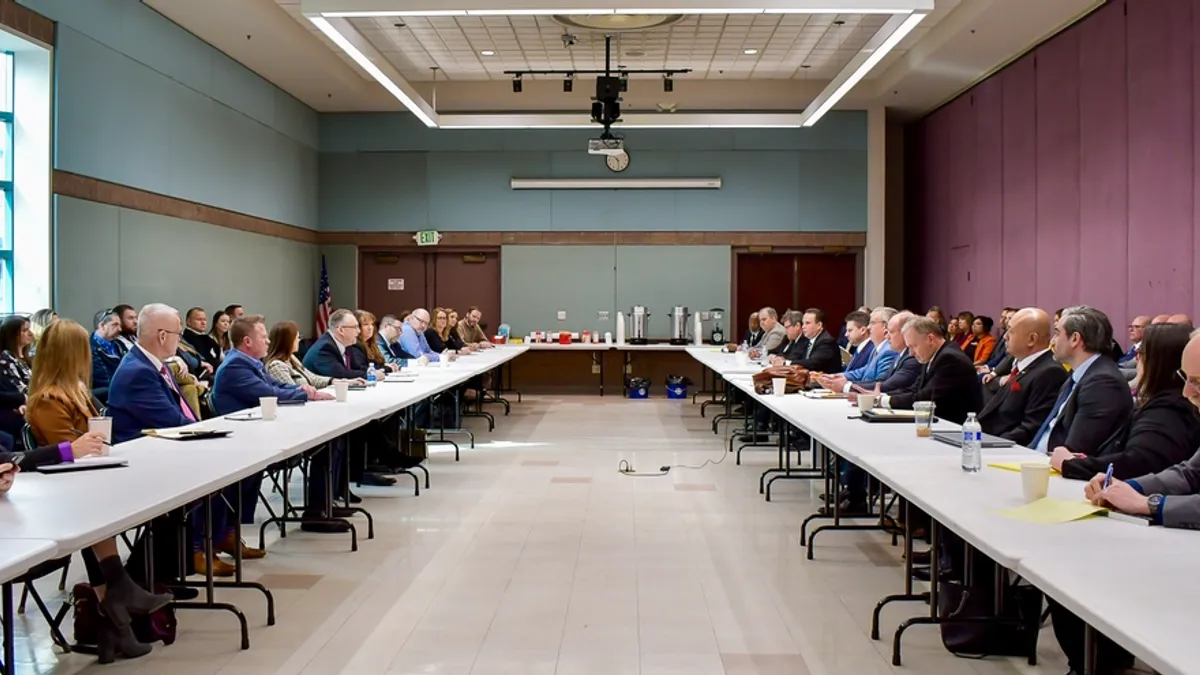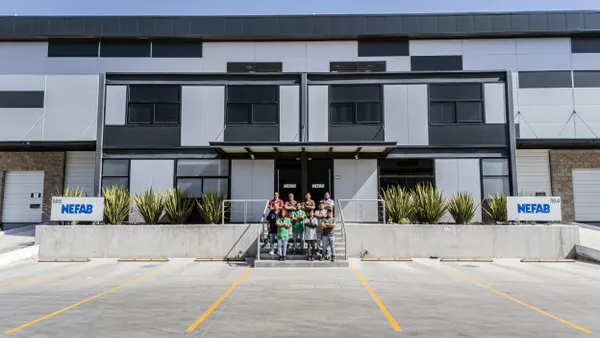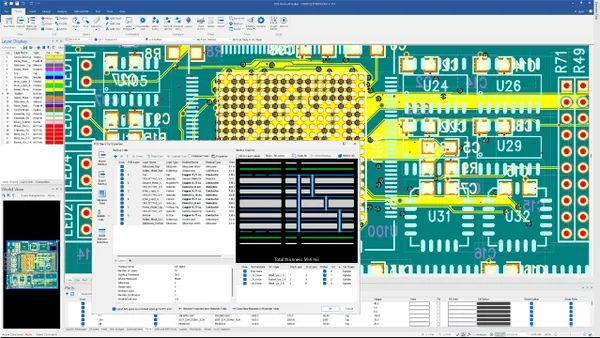Sustainability in manufacturing is no longer a buzzy phrase reserved for boardroom aspirations.
New emissions regulations in the U.S., such as the Securities and Exchange Commission’s recent climate disclosure rule, as well as eco-conscious consumer sentiments, are increasingly tying a company’s long-term performance to its ability to reduce emissions. More often, achieving sustainability and implementing smart factory operations are becoming one and the same.
“I strongly believe that if you want your business to have longevity, you need to be thinking about both digital and sustainability, regardless of your company size,” said Rodrigo Alves, sustainability and energy management business EMEA manager at Rockwell Automation subsidiary Kalypso.
Digitalization can optimize energy consumption, improve product yield and optimize performance, said Neal Walters, a partner in Kearney’s strategic operations practice.
“Even if a manufacturing facility is using exclusively renewable energy, reducing energy consumption will have an overall positive environmental impact,” Walters said. “Second, improving product yield among other benefits leads to less waste disposal and lower energy consumption. And [a third key area is in] minimizing paper transactions — many factories have thousands of square meters set aside for paper storage.”
For smaller companies that may be overwhelmed by the idea of letting go of old methods and tools, Alves added that conglomerate-level resources are far from necessary.
“I’m sure any production or operations manager could think of a manual process that someone follows every week that could be automated without the need to make a huge investment in software,” Alves said. “Something that you could automate with Tableau, Excel. Start small.”
A good place to start is by automating audits so that instead of doing an annual audit of emissions, they are regularly monitored, Alves added.
Collecting data is exactly how EOS, a provider of 3D-printed manufacturing solutions, set out to reach their sustainability goals.
“Both for environmental goals as well as social goals, the foundation is always data. You need to measure what you want to manage,” said EOS Head of Sustainability Björn Hannappel. “Creating more transparency first can help you identify the areas you want to improve, while also helping monitor the progress you make.”
To accurately measure their outputs, EOS installs an energy meter into new machines that tracks power and gas consumptions. The company also measures powder consumption and powder waste stream, since powder is a key material used in their 3D printers.
“By combining these you can get a better idea of the manufacturing cost, but also, the sustainability and emissions of operations,” said Trevor Kirsten, head of digital manufacturing at EOS.
For EOS, increased data around their emissions can help them decipher where they could cut back on energy usage.
“So by having that transparency, for instance, you might find areas where maybe the machine was turned on instead of turned off," said Hannappel. "[Or] one might find out that a machine had very high energy consumption, although it wasn't producing something.
Another way that data transparency can drive sustainable decisions is when the digitized information is presented to the consumer or client, who is then empowered to make sustainable decisions.
EOS offers this information in the form of a “carbon calculator,” which lets the customer see not only the cost per part, but also the carbon emissions per part and allows them to see how using a carbon-reduced powder might change their carbon footprint.
Beyond data, Hannappel adds that automating as many operations as possible is important to a smooth smart factory operation.
That’s because, “if you’re talking about automation of a factory, then I think automation immediately includes optimization as well. Because you would never automate an inefficient process,” Hannappel said. “So for example, if you have a robot that feeds a machine, you would never program the robot to drive around the whole city and come back into the door and then feed it. But if you’re looking at analog processes, sometimes it is like that.”
It’s an idea reiterated by Walters, who said that, “If a factory has flaws in the basic fundamentals of manufacturing, the famous adage that ‘if you digitize a bad process, you’ll just get a digitized bad process’ certainly applies.











